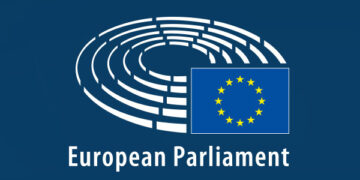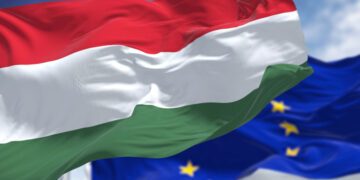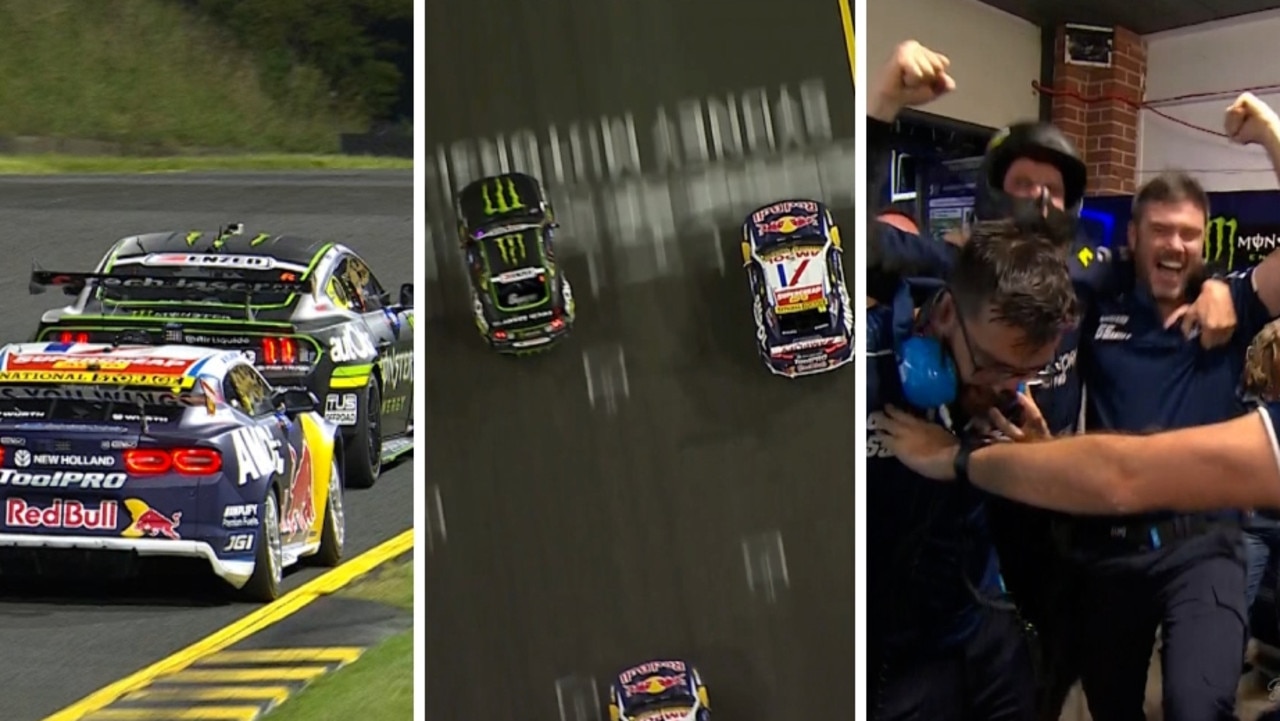Social media played a crucial role in the National Rally’s victory in the 2024 European Parliament elections in France. Drawing on new research, Roman Zinigrad shows how the algorithms used to recommend social media content can amplify support for the far right.
On 24 August, France broke its record for the longest time under a caretaker government set during the previous regime, the Fourth Republic, renowned for its instability and consecutive political impasses. The current crisis was triggered by the stunning success of the French far right in the 2024 European Parliament elections. This accomplishment is generally credited to social media and young voters.
Social media has been a key focus for far-right parties in Europe over the last decade. Far-right information is widely available on fringe social networks but is also disseminated on mainstream platforms like TikTok and Instagram. This content played an important role in facilitating the French far right’s success in the 2024 European elections.
Young people made a significant contribution to the success of the far right in the elections. Although the largest share of the youth vote (41%) went to the left, 28% of French voters under the age of 35 backed the far-right National Rally. This support owed much to Jordan Bardella, the party’s charismatic 28-year-old lead candidate.
Bardella has been dubbed a “TikTok king”, with over 2 million followers on TikTok and more than 830,000 on Instagram. It is likely that these networks played a decisive role in helping to “normalise” the National Rally in the eyes of young voters.
Suggestive algorithms and political radicalisation
As part of a new research project, I (alongside my co-researchers, Nathanaël Colin-Jaeger and Stephen Sawyer) have examined the impact of social media on young people in France during the 2024 European Parliament elections, using data collected between 20 May and 16 June. Our preliminary findings show how online algorithms contribute to political radicalisation, the varying levels of sophistication in messaging and a surprising prevalence of Catholic narratives within far-right campaigns.
In our research, we used a synthetic far-right profile to examine how TikTok and Instagram respond to users who show interest in far-right content. We found both platforms adjusted their video feeds to the political interests of the far right (with TikTok being noticeably faster and more precise) and quickly constructed an echo-chamber of extreme-right content.
Furthermore, both platforms nudged the choice of content toward more nationalist, xenophobic and violent messages. The two platforms first offered moderate content before introducing increasingly hateful content that lacked any direct link to electoral campaigns or candidates. This progression suggests that social media platforms do not discourage, and perhaps actively amplify extreme opinions even if users are not initially interested or even aware of this content.
Far-right messages à la carte
The content presented to the synthetic far-right profile can be put into four categories. A large number of videos featured excerpts from political speeches by candidates for the European Parliament, as well as their public appearances and encounters with supporters. Almost as much attention was given by far-right official and personal accounts to political opponents. These were presented in a mocking light, often cutting their statements out of context, or adding facial filters, clownish melodies and other effects.
Another category of videos, posted primarily by unofficial accounts, was of a more jingoistic and masculinist character. Messages focused on loyalty to the motherland and the French flag, protection of borders, street safety, French Gallic heritage and, surprisingly often, the Catholic Church, without making explicit references to the elections or party candidates. The principal characters in these fragments were young and athletic white males, often in uniform, traditional clothing, or with a proto-fascist aesthetic.
The third category featured messages that were more explicitly hostile to African and Muslim migrants. These messages were also more manipulative and less straightforward in comparison with the previous category. The most striking examples were recorded by black or apparently Muslim individuals who presented themselves as African or French nationals and raised claims in favour of restricting immigration from African countries and fighting against the supposed expansion of Islam in France.
These arguments were claimed to be based on the speakers’ “personal experiences” in their home country. French policies were also compared to other regimes that would never accept such an influx of people with a “foreign culture”. This content is presumably more effective in reaching people that ignore videos from official far-right accounts, but are nevertheless open to these messages when presented by immigrants or Muslims. For far-right candidates and activists, these videos may also offer a comfortable façade against allegations of racism and xenophobia.
Finally, a few days into the study both platforms began to regularly pitch videos with flagrantly Islamophobic and anti-immigration messages that were not linked to any explicit political campaign or candidate. These were presented in a humorous and mocking tone, using stereotypes that appeal to prejudice. The two most notable videos were a drawing where Muslims were represented as pigs and a portrayal of a train station in France with the announcer inviting new arrivals – including men with hookahs and veiled women – to step off the train and take over France.
The distribution of these videos on both platforms was far from arbitrary. Our preliminary observations suggest that online algorithms are interested in maximising viewership by unifying different segments of the far-right audience and driving politically driven users toward violent and bigoted messages.
State and religion
Perhaps our most surprising finding was the large proportion of Catholic content in the feed of the synthetic profile. Even if the algorithms of social media platforms did not show candidates running on an exclusively Catholic programme and did not show extremist Catholic far-right content (possibly because of legal limitations), they did feature many videos with a clear religious agenda.
Some of the content included a relatively clear political message, typically associating Catholicism with French ultra-patriotic sentiment and nostalgia for a pseudo-past of purity and cohesion, while other clips focused exclusively on conservative religious values, such as videos with young women praising modest clothing and prayer.
Interlacing this religious content with videos of far-right candidates and with occasional Islamophobic hate-speech could potentially have a normalising effect on far-right platforms, suggesting that far-right candidates are a natural (or at least a possible) political choice for French Catholics. These patterns in the behaviour of social media networks may partially explain the massive swing of the Catholic electorate to the far right in the last five years: almost a third (32%) of practicing Catholics gave their vote to Jordan Bardella in the 2024 European elections, compared with only 14% in the elections of 2019.
The far-right mille-feuille
What is clear from our research is that there is something for everyone in French far-right social media feeds. The content they curate generates multiple entry points into the fachospère and multiple information intersections within it. Users interested in mainstream politics may start their far-right quest with interviews from Jordan Bardella, but be quickly exposed to conspiracy theories, Islamophobic stereotypes or Catholic patriotism. At the same time, fans of racist humour may be swayed by Bardella’s charisma and convinced by his talking points.
After a while, the highly fragmented audience of this feed is initiated into a loosely defined society that has a common ideological platform and can effectively communicate political programmes and preferences. Its more moderate members may even be nudged to consider increasingly radical ideas. Like the mille-feuille pastry, the online world of the French far-right contains multiple layers held tightly together by ethnonationalism. The French people, especially the younger generation, are in need of a healthier political diet.
This article presents research from the CO3 project, which aims to study more open, inclusive and democratic models of social contracts.
Note: This article gives the views of the author, not the position of EUROPP – European Politics and Policy or the London School of Economics. Featured image credit: Victor Velter / Shutterstock.com





































Discussion about this post